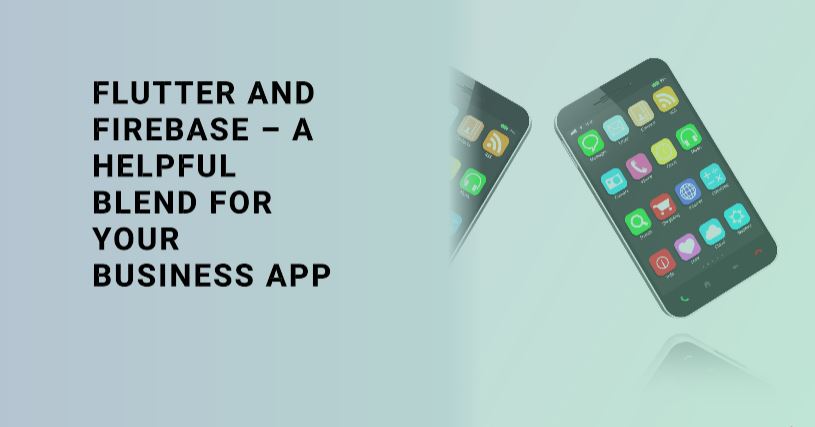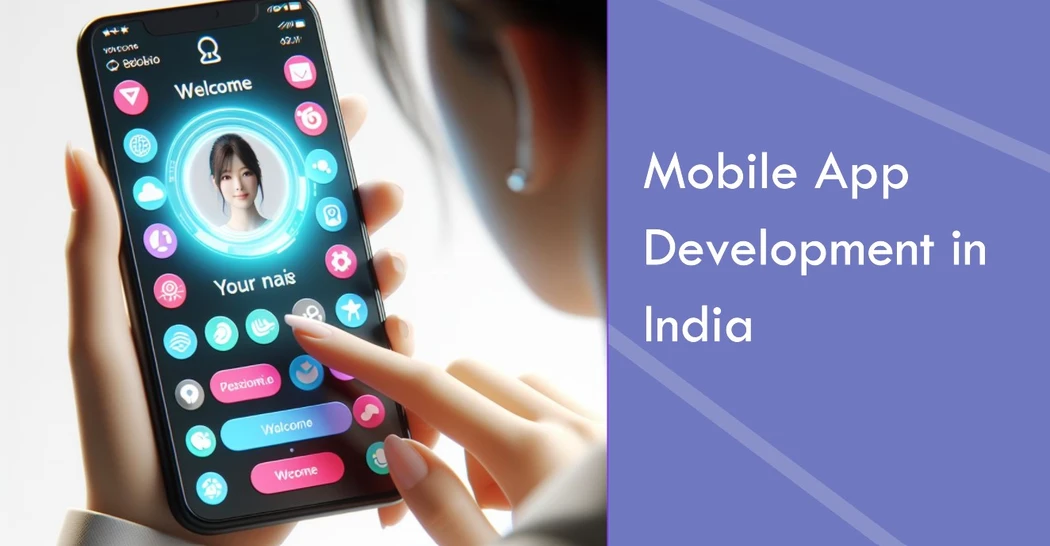Every business wants to stay ahead of the rat race and look forward to growing the graph of their success. If we talk about apps and websites, they have drastically changed their way of working. When it comes to web and app development, there are lots of new technologies and platforms on which developers are working. Flutter is one of them. Thanks to Flutter’s cross-platform features, companies can create aesthetically beautiful and incredibly effective mobile apps. The outcome is a smooth connection that provides a complete business solution when paired with Firebase’s strong backend capabilities. Looking into all the legal implications of installing an off-main drainage system may be a difficult task. Everything from what sort of tank is suitable for a property to where it may be put, where it can discharge, and what kind of ground conditions are permitted is governed by laws and regulations. In this post, we are going to discuss how Flutter and Firebase work together.
What is flutter?
Flutter is a mobile app development framework that was developed by Google and is supported by the company. It was created to help front-end and full-stack developers create visually appealing user interfaces with fast reloading, gesture support, and stunning animations. This package includes all of the following: an advanced rendering engine; tools for testing and integration; premade widgets; and even command-line options! What’s more, it allows for the creation of user interfaces for applications that run on multiple platforms using a single codebase. Nevertheless, it expands its operational scope to six different platforms, namely iOS, Web, Windows, Android, MacOS, and Linux.
What is Firebase?
Firebase is an extensive and clever platform that provides developers with a wide range of advanced capabilities required for building and managing apps. The simplicity of its usage is what makes it so beautiful. This service is a complete solution as it supports several platforms, such as Web, Unity, iOS, and Android.
How Flutter and Firebase Work Together?
The FlutterFire plugins provide a smooth integration between Firebase and Flutter. A collection of official plugins called FlutterFire lets you use your Flutter app to access a range of Firebase services. They may be used for the following purposes: Google, Facebook, Twitter, email, password, and phone number authentication, among others.
- Use Realtime Database or Cloud Firestore to store and sync data in real-time.
- Use Cloud Storage to upload and download files.
- Cloud Messaging allows you to send push alerts.
- Utilise Analytics, Crashlytics, Performance Monitoring, and App Distribution to keep tabs on user activity and app performance.
To use FlutterFire plugins, you need to:
- Your pubspec.yaml file has to have the dependencies added.
- After downloading the configuration file for your platform (web, iOS, or Android), register your app on the Firebase portal.
- Using the DefaultFirebaseOptions object produced by the configuration file, initialise Firebase in your main.dart file.
- For each service you wish to utilise, add the appropriate plugins.
- The official manual has comprehensive setup instructions for FlutterFire.
Benefits of Using Flutter and Firebase Together
Lower Development Time and Cost
Because Flutter is cross-platform, the same base code can be used to design apps for iOS and Android, cutting down the number of man-hours needed to develop the app in half. The “hot reload” function of Flutter, which lets you see changes right away, is its most helpful feature. Additionally, the abundance of ready-to-use widgets in Flutter will shorten the development time.
Users may receive real-time updates via Firebase without having to create an API or database. With Firebase’s quick UI libraries and SDKs for analytics, built-in security, authentication, and static file hosting, developers will spend less time developing and managing back-end microservices, databases, and infrastructure.
Easy Integration
Integrating Firebase services into your Flutter application is simple using FlutterFire plugins. You don’t have to deal with platform-specific problems or create any native code. You may easily leverage Firebase functionalities from your app logic by using Dart code. Because you can now separate Dart code from native code, your code is also easier to read and maintain.
High Performance and Security
Apps created using Firebase and Flutter address important security issues. Flutter employs its rendering engine, “Skia,” to translate the code straight into machine code, which results in improved performance. Strong protection against vulnerabilities is provided by Firebase, which also handles file hosting, authentication, and other security regulations.
Cloud Messaging with Firebase Cloud Messaging (FCM)
Push notifications are essential for attracting and keeping app users. Developers may notify and engage users by sending push notifications to specific devices with Firebase Cloud Messaging (FCM). Developers may easily handle user interactions, provide push notifications, and customise the look and feel of notifications by integrating FCM with Flutter. This offers a customised app experience and raises user engagement.
Secure, High-performance Apps
The privacy problems that are most prevalent in Android apps are eliminated in Firebase-powered Flutter mobile projects. Compared to other programming languages, Dart is simpler to comprehend, create, and debug. You can get data, including push alerts and real-time activity logs, from a single repository. Programmers can also link users to online services that have built-in authentication by using OAuth providers like Facebook Login and Google Sign-in. Using Flutter with Firebase to provide strong security for your application gives you a competitive advantage.
Reliable MVP Development
Last but not least, when creating an MVP, Flutter and Firebase are both dependable options. The performance of Flutter applications is comparable to that of native apps, allowing for the creation of an MVP that is highly functional and simple to adapt. Additionally, the use of Firebase simplifies back-end configuration, eliminating the need for a lengthy learning curve.
Conclusion
These are some benefits of using Flutter and Firebase together. The development of distinctive and compelling mobile apps as well as cross-platform apps may be aided by combining the advantages of Firebase with Flutter.
If you want to construct effective, reliable, and secure apps, you may contact mobile application development services providers that make use of Firebase’s modular components and Flutter’s modular design. They carefully blend the two to create mobile applications that work well on both the iOS and Android platforms.
Now if you are looking to hire a flutter developer you can connect with us here we have a professional team to offer you the best services.




